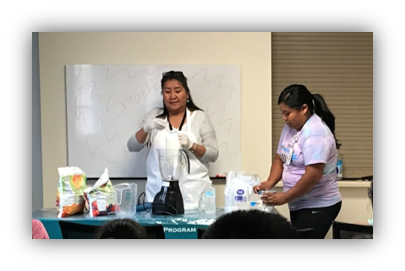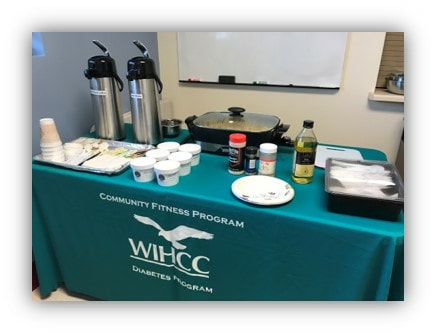Wellness in Foods
Proper food choices and food preparation for a health and healing lifestyle. Nutrition service plays an important part to the HIWP by coordinating wellness activities, one on one consultation, group prevention education, prenatal nutrition, and many more.
|
Farmers markets are great way to help you make healthful eating choices. Learn about buying delicious, fresh, nutritious, & locally grown foods.
Wellness matters.
|
|
It takes a special group of individuals to run a program that helps educate, utilize the knowledge of eating choices. These is not a diet program but an eating program that involves eating foods with high nutritional values. Nutrition also focuses on how diseases, conditions, and problems can be prevented or reduced with a healthy diet. We believe that when eating the right combinations of nutrition packed foods can reduced your weight, make you feeling healthy, and prevent or lower disease risk. Give us a try for your nutrition needs.
|
Supervisory Dietitian
Diabetes Nutrition Tech’s
Eat Play Grow Fitness Fun in the Sun Hozhoogo Iina Kids Camp Healthy Living Bingo Mom’s in Motion instruction |








